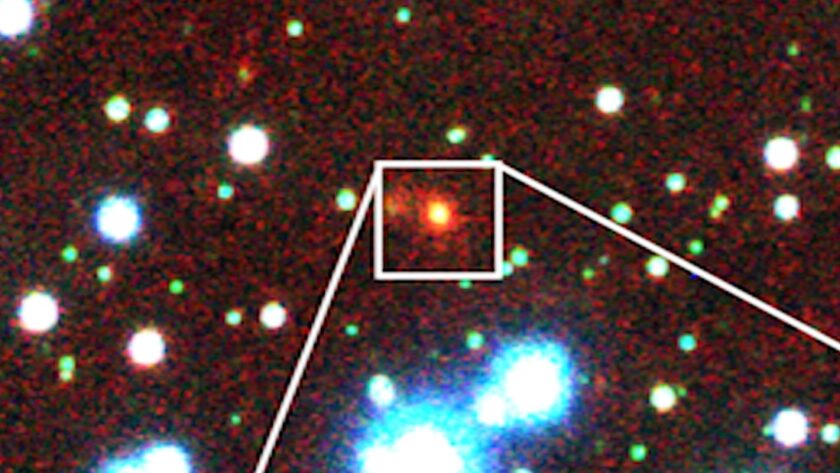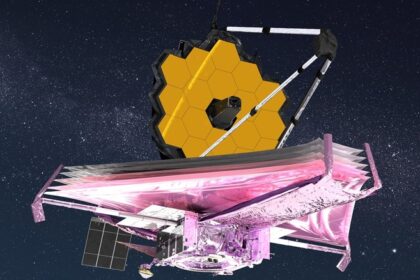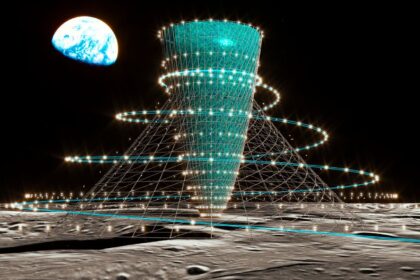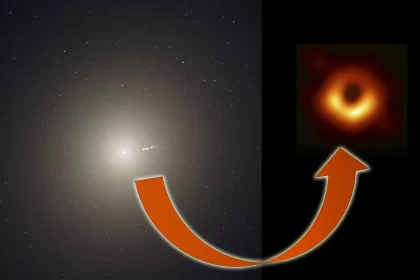Fast Radio Bursts (FRB) is an event full of puzzles that involve a burst of radio waves that are very short-lived than far in space. And even though they generally last for only a few seconds, they can produce enough energy in the duration because the sun can collect throughout the year, according to NASA estimates. Scientists have now found a rare type of rare radio that is regularly sparkling, which is unusual for such events.
In contrast to the average FRB that disappeared in the blink of the eye, the latest dubbed FRB 20191221A lasted about three seconds, which is more than 1,000 times the usual life period from the FBR signal. The team – which includes experts from Mit and other institutions in Canada and the United States – also observed that this unique radio signal pulse with a frequency of 0.2 seconds, almost like a heartbeat that made its presence felt on the cosmic scale.
Labeling as a long -lasting “FRB, with the clearest periodic pattern, detected to date,” the signal originated from an unknown source located several billion years from the earth, in the pockets of unfaith universe. Daniele Michilli, a post-Docoral colleague at the Mit’s Kavli Institute for Astrophysics and Space Research, said that the mysterious radio explosion might originate from “Magnetar or Pulsar on the steroid.” Findings appear in a paper published in Nature.
Fast radio explosions usually do not follow the regular patterns of radio wave emissions. Only in 2020 an oddity was seen in the form of a radio exploding with a periodic pattern, originating from a source of nearly 500 million light years. The discovery of the 20191221A FRB also marks the FRB’s first observation where radio wave signals appear regularly.
“Not only very long, lasting for about three seconds, but there is a very precise periodic peak, emitting every fraction of the second boom, boom, boom – like a heartbeat,” Michilli said. “This is the first time the signal itself is periodic.”
First taken by the experiment of mapping Canadian hydrogen intensity (Chime) in 2019, the strange radio in question looks similar to the emissions of pulsar radio and magnetar in the Milky Way galaxy. But there are big differences in the intensity between the two. FRB 20191221A Radio Burst is said to be a million times brighter than those from the backyard of the earth’s own galaxy. Scientists speculate that strange radio explosions originated from Pulsar or Magnetar surrounded by plasma clouds.Pulsar Radio is a fast and very dense rotating neutron star, basically the rest of the star dies after a cruel supernova explosion. Magnetar is also a neutron star, but has a strong magnetic field that can be more than a thousand times stronger than the average neutron star. According to NASA, the strength of the magnetic field in the magnetar in such a way that “Marshmallow which affects the surface of the star will affect the strength of a thousand hydrogen bombs.”





